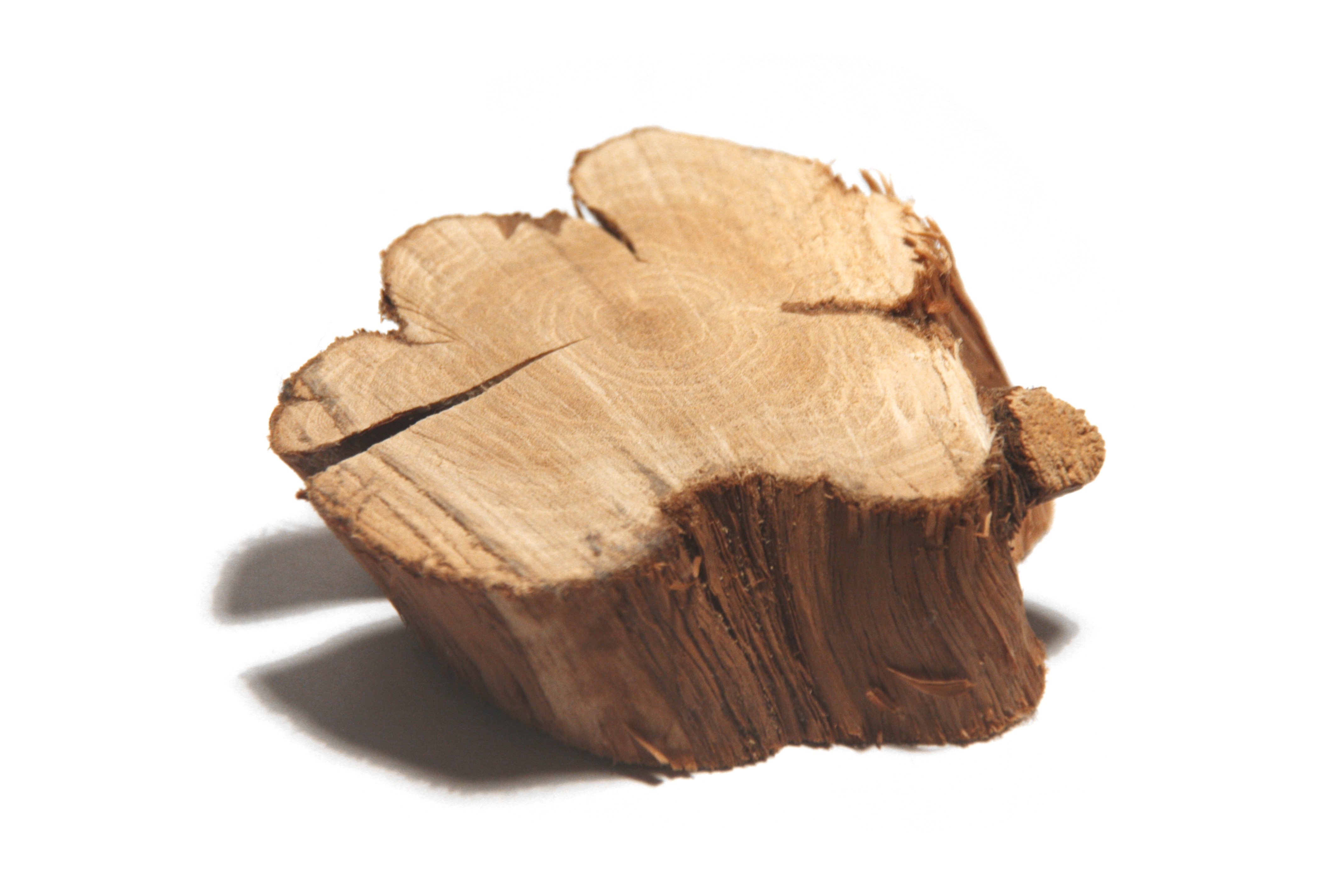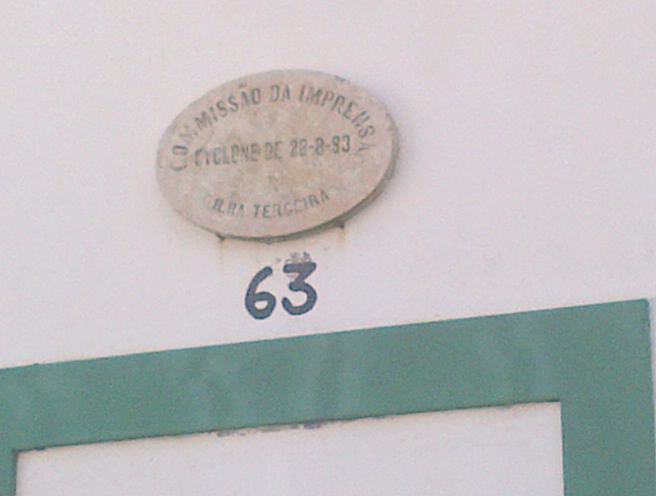|
Monte Brasil
Monte Brasil is the remnants of a tuff volcano (and peninsula) connecting the south coast of Terceira in the central Azores, overlooking the city of Angra do Heroísmo. Monte Brasil is flanked by two bays: the Bay of Angra (named for the city) to its east, and the Bay of Fanal to its west, and was used as a defensive point during the history of Angra, resulting in the construction of various forts and redoubts, including the Fortress of São João Baptista overlooking the city. History The formation of Monte Brasil was the result of various eruptions of the Guilherme Moniz volcano, a large central volcano on the island of Terceira, this difficult to identify owing to subsequent eruptions and lava flows.França et al (2003), p.31 Although this structure is eroded, there is considerable evidence of its influence, including, specifically: * a number of trachyte domes and basaltic eruptive centres around the interior; * two Surtseyan cones: Monte Brasil and the Cabras Islets; and * s ... [...More Info...] [...Related Items...] OR: [Wikipedia] [Google] [Baidu] |
Terceira
Terceira () is a volcanic island in the Azores archipelago, in the middle of the North Atlantic Ocean. It is one of the larger islands of the archipelago, with a population of 53,311 inhabitants in an area of approximately . It is the location of the Azores' oldest city, Angra do Heroísmo, the historical capital of the archipelago and UNESCO World Heritage Site; the seat of the judicial system (Supreme Court); and the main Air Force base, Base Aérea nº 4 at Lajes, with a United States Air Force detachment. The island has two main sea ports, one at Angra do Heroísmo and the other at Praia da Vitória, and a commercial airport integrated with the flight operations at Base Aérea nº 4. The Portuguese bullfight is popular on the island, coming in two variations: the traditional equestrian bullfight (in the ring) and the popular " touradas à corda" that occur in the streets. History In 1439, the first official discovery document appeared, attributing the discovery of the ... [...More Info...] [...Related Items...] OR: [Wikipedia] [Google] [Baidu] |
Semaphore
Semaphore (; ) is the use of an apparatus to create a visual signal transmitted over distance. A semaphore can be performed with devices including: fire, lights, flags, sunlight, and moving arms. Semaphores can be used for telegraphy when arranged in visually connected networks, or for traffic signalling such as in railway systems, or traffic lights in cities. Fire The Phryctoriae were a semaphore system used in Ancient Greece for the transmission of specific prearranged messages. Towers were built on selected mountaintops, so that one tower, the ''phryctoria'', would be visible to the next tower, usually twenty-miles distant. Flames were lit on one tower, then the next tower would light a flame in succession. The Byzantine beacon system was a semaphore developed in the 9th century during the Arab–Byzantine wars. The Byzantine Empire used a system of beacons to transmit messages from the border with the Abbasid Caliphate across Asia Minor to the Byzantine capital, ... [...More Info...] [...Related Items...] OR: [Wikipedia] [Google] [Baidu] |
Azores Laurel
''Laurus azorica'', the Azores laurel or Macaronesian laurel, is a small, evergreen tree in the laurel family (Lauraceae), found only on the Azores island group in the North Atlantic. Description The Azores laurel is a small dioecious tree, growing up to in height. Each flower is fragrant, creamy white, about 1 cm diameter, and they are borne in pairs beside a leaf. The leaves are large, shiny dark green, broadly ovoid, 7–14 cm long and 4–8 cm broad, with an entire margin. The fruit is a black drupe about 1–2 cm long. Distribution and habitat ''Laurus azorica'' is native to the Azores, where it is found in all of the islands. It is a major component of the laurisilva and high altitude juniper forests, occasionally with ''Myrica faya'' and ''Picconia azorica'' populations in mid-altitude. It is also found in lava flows, margins of cultivated land, coastal scrubland, mountain scrubland and forested peat bogs. Taxonomy As the result of a recent taxonomic ... [...More Info...] [...Related Items...] OR: [Wikipedia] [Google] [Baidu] |
Woody Plant
A woody plant is a plant that produces wood as its structural tissue and thus has a hard stem. In cold climates, woody plants further survive winter or dry season above ground, as opposite to herbaceous plants that die back to the ground until spring. Characteristics Woody plants are usually either trees, shrubs, or lianas. These are usually perennial plants whose stems and larger roots are reinforced with wood produced from secondary xylem. The main stem, larger branches, and roots of these plants are usually covered by a layer of bark. Wood is a structural tissue that allows woody plants to grow from above ground stems year after year, thus making some woody plants the largest and tallest terrestrial plants. Woody plants, like herbaceous perennials, typically have a dormant period of the year when growth does not take place, in colder climates due to freezing temperatures and lack of daylight during the winter months, in subtropical and tropical climates due to the dry se ... [...More Info...] [...Related Items...] OR: [Wikipedia] [Google] [Baidu] |
Palagonite
Palagonite is an alteration product from the interaction of water with volcanic glass of chemical composition similar to basalt. Palagonite can also result from the interaction between water and basalt melt. The water flashes to steam on contact with the hot lava and the small fragments of lava react with the steam to form the light-colored palagonite tuff cones common in areas of basaltic eruptions in contact with water. An example is found in the pyroclastic cones of the Galapagos Islands. Charles Darwin recognized the origin of these cones during his visit to the islands. Palagonite can also be formed by a slower weathering of lava into palagonite, resulting in a thin, yellow-orange rind on the surface of the rock. The process of conversion of lava to palagonite is called ''palagonitization.'' Palagonite soil is a light yellow-orange dust, comprising a mixture of particles ranging down to sub-micrometer sizes, usually found mixed with larger fragments of lava. The color is ... [...More Info...] [...Related Items...] OR: [Wikipedia] [Google] [Baidu] |
Lithification
Lithification (from the Ancient Greek word ''lithos'' meaning 'rock' and the Latin-derived suffix ''-ific'') is the process in which sediments compact under pressure, expel connate fluids, and gradually become solid rock. Essentially, lithification is a process of porosity destruction through compaction and cementation. Lithification includes all the processes which convert unconsolidated sediments into sedimentary rocks. Petrifaction, though often used as a synonym, is more specifically used to describe the replacement of organic material by silica in the formation of fossil A fossil (from Classical Latin , ) is any preserved remains, impression, or trace of any once-living thing from a past geological age. Examples include bones, shells, exoskeletons, stone imprints of animals or microbes, objects preserved ...s. See also * Diagenesis * Parent rock * Weathering References {{Geology-stub Geological processes Sedimentary rocks Petrology ... [...More Info...] [...Related Items...] OR: [Wikipedia] [Google] [Baidu] |
Santa Bárbara (volcano)
Santa Barbara or Santa Bárbara may refer to: * Saint Barbara, an early Christian saint and martyr * Santa Barbara, California, a city in the United States. Places Argentina *Santa Bárbara Department, Jujuy, Jujuy Province * Santa Bárbara, Salta Australia *Santa Barbara, Queensland, a town in the City of Gold Coast * Santa Barbara, New Farm, a heritage-listed villa in the City of Brisbane, Queensland Brazil *Santa Bárbara, Bahia * Santa Bárbara, Minas Gerais *Santa Bárbara d'Oeste, São Paulo * Santa Bárbara do Leste, Minas Gerais *Santa Bárbara do Monte Verde, Minas Gerais * Santa Bárbara do Tugúrio, Minas Gerais Cape Verde *Santa Bárbara, Cape Verde Chile * Santa Bárbara, Chile Colombia * Santa Bárbara, Antioquia *Santa Bárbara, Nariño *Santa Bárbara de Pinto, Magdalena *Santa Bárbara, Santander Costa Rica *Santa Bárbara (canton) ** Santa Bárbara de Heredia Cuba *La Demajagua, Isle of Youth, founded as Santa Bárbara Curaçao *Santa Barbara, Curaçao ... [...More Info...] [...Related Items...] OR: [Wikipedia] [Google] [Baidu] |
São Mateus Da Calheta
São Mateus da Calheta is a civil parish within the municipality of Angra do Heroísmo in the Portuguese archipelago of the Azores. The population in 2011 was 3,757, in an area of 5.98 km2. It is located on the periphery of the urbanized area of the city of Angra do Heroísmo (approximately four from the center), and developed from a small fishing port in a bay along the volcanic coast of the island (''calheta'' is Portuguese for ''small bay''). History During the early period of settlement, the São Mateus coast was dotted by bays, some peppered with small beaches. One of these, which became known as ''Prainha'', soon became the centre of a small fishing port. Gaspar Frutuoso, writing in his sixth volume of ''Saudades da Terra'', referred to the area as ''São Mateus da Prainha'', noting: "In addition to the church of São Mateus Além, is a small bay of white sand and small stones in places, where on occasion they throw-out their nets and trammels to catch many fish, princ ... [...More Info...] [...Related Items...] OR: [Wikipedia] [Google] [Baidu] |
Cabras Islets
The Cabras Islets or Cabras Islet ( pt, Ilhéus das Cabras; literally, ''Islets of the Goats'') is an uninhabited dual islet located along the southern coast of the island of Terceira in the Portuguese archipelago of the Azores. The group, with a total area of and perimeter of , is the largest islet in the Azores. Locals normally refer to it as a single islet ( pt, O Ilhéu das Cabras), but it comprises two landforms: the ''Ilhéu Pequeno'' (''Small Islet'') and the ''Ilhéu Grande'' (''Large Islet''). History Although uninhabited today, the islets were historically used by shepherds, who foraged their goats and sheep on the islets throughout the year during early settlement of the archipelago. This practice gave the islets their name. Legend also recounts that for seven years a young Faialense man with a capricious heart was exiled to the islet by the father of his beloved maiden. From the earliest settlement of the archipelago, the islets were embroiled in controversy associ ... [...More Info...] [...Related Items...] OR: [Wikipedia] [Google] [Baidu] |
Ribeirinha (Angra Do Heroísmo)
Ribeirinha is a parish in the municipality of Angra do Heroísmo Angra do Heroísmo (), or simply Angra, is a city and municipality on Terceira Island, Portugal, and one of the three capital cities of the Azores. Founded in 1478, Angra was historically the most important city in the Azores, as seat of the Roma ... on the island of Terceira in the Azores. The population in 2011 was 2,684, in an area of 7.53 km2. References {{DEFAULTSORT:Ribeirinha (Angra do Heroismo) Freguesias of Angra do Heroísmo ...[...More Info...] [...Related Items...] OR: [Wikipedia] [Google] [Baidu] |
Porto Judeu
Porto Judeu is a ''freguesia'' ("parish") in the municipality of Angra do Heroísmo on the island of Terceira in the Azores. The population in 2011 was 2,501, in an area of 30.27 km2. It contains the localities Banda da Canada, Cruz, Cruz do Canário, Porto Judeu de Baixo, Porto Judeu de Cima, Refugo and Ribeira do Testo. In Portuguese, ''Porto Judeu'' means "Jewish Port". In the past other common names were ''Porto Judeu de Santo António'' ("Jewish Port of Saint Anthony") and ''Porto do Judeu'' ("Port of the Jew Jews ( he, יְהוּדִים, , ) or Jewish people are an ethnoreligious group and nation originating from the Israelites Israelite origins and kingdom: "The first act in the long drama of Jewish history is the age of the Israelites""T ..."). References {{authority control Freguesias of Angra do Heroísmo ... [...More Info...] [...Related Items...] OR: [Wikipedia] [Google] [Baidu] |
Monte Brasil, Visto Do Mar, Ilha Terceira, Açores
Monte may refer to: Places Argentina * Argentine Monte, an ecoregion * Monte Desert * Monte Partido, a ''partido'' in Buenos Aires Province Italy * Monte Bregagno * Monte Cassino * Montecorvino (other) * Montefalcione Portugal * Monte (Funchal), a civil parish in the municipality of Funchal * Monte, a civil parish in the municipality of Fafe * Monte, a civil parish in the municipality of Murtosa * Monte, a civil parish in the municipality of Terras de Bouro Elsewhere * Monte, Haute-Corse, a commune in Corsica, France * Monte, Switzerland, a village in the municipality Castel San Pietro, Ticino, Switzerland * Monte, U.S. Virgin Islands, a neighborhood * Monte Lake, British Columbia, Canada Arts, entertainment, and media * ''Monte'' (film), a 2016 drama film by Amir Naderi * Three-card Monte * Monte Bank or Monte, a card game Other uses * Monte (dessert) a milk cream dessert produced by the German dairy company Zott * Monte (mascot), the mascot of the Un ... [...More Info...] [...Related Items...] OR: [Wikipedia] [Google] [Baidu] |




